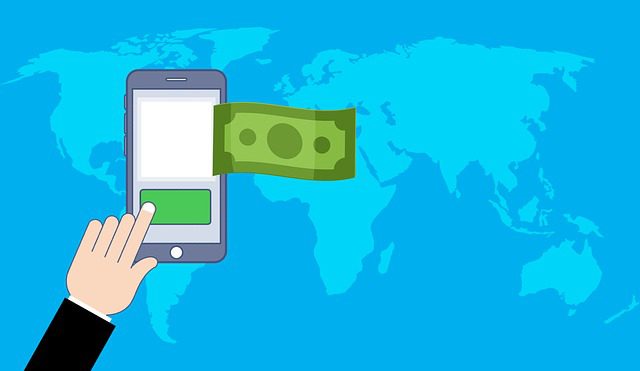My parents are back home. My wife is back home. My grandmother is back home. My son is back home. Speak with almost any immigrant, and you’ll find that nearly all are sending money to their families in their home country. Often moving for the hopes of a better life, the lives of those they have left at home are not forgotten.
The International Day of Family Remittances (IDFR)
The International Day of Family Remittances (IDFR), adopted by the United Nations General Assembly and celebrated annually on the 16th of June, recognizes the contribution of over 200 million migrants to improve the lives of their 800 million family members back home and to create a future of hope for their children. The day serves to bring awareness to the positive impact these contributions have on the local communities, countries, and even entire regions.
What is a remittance?
A remittance is a sum of money sent abroad and typically used to pay family members back in a person’s home country. These payments are usually sent by mail but can be sent via wire transfer or through increasingly common apps/services. Tracking remittances is difficult due to many countries’ lack of records and the fact that only funds sent through formal channels are included; however, economists at the World Bank estimate that over $690 Billion was sent by migrants to individuals in their home countries in 2018.
Not All Remittances Are Created Equal
In raw numbers, India and China send the most money back home, almost $63 Billion and $61 Billion respectively; however, when looking at the impact remittances have on their home country, it’s necessary to identify the relative value of the payments vs. the home nations GDP. For example, as referenced in the previous paragraph, India received almost $63 Billion in remittances in 2017; however, this only accounts for 2.8% of India’s $2.3 trillion GDP. Contrast this with El Salvador and Nepal, whose remittances were equivalent to 17% and 28% of their GDP respectively: what an impact! You can already see how large of a role these payments can and do play in their home countries.
Remittances Fighting Poverty
It’s estimated that over half of all remittance flows go to rural areas, where poverty and hunger are concentrated. But do these payments actually have as much of an impact as we think? Well, studies have shown that a 10% increase in remittance can reduce the poverty rate by almost 4%! Despite these statistics, not everyone thinks remittances are as beneficial as they claim to be.

Image Credits: Pixabay
Remittances: Benefit or Detriment?
Many officials argue that remittances have not been proven to spur economic growth in the home countries. In fact, the data supports this claim by estimating that a majority of remittance payments are spent on consumption vs. any developmental project. Additionally, some say that remittances encourage individuals not to work by providing a safety net. In Gambia, where remittances account for roughly 20% of Gambia’s GDP, not everyone believes this to be beneficial. Renowned Gambian academic, Dr. Ismaila Ceesay, argues that a large amount of remittance comes at a huge cost to Gambians by creating a dependency and leaving workers unproductive: “Many Gambians don’t want to work anymore. Because they know that somebody is going to send money.” While the overall economic impact of remittances on a home country’s economy is hotly debated, it’s difficult to argue the positive impact these payments have on an individual or family.
We often lose sight of the economic disparity in the world and how even small amounts of money can change lives. As Gilbert F. Houngbo, President of the International Fund for Agricultural Development said: “It is not about the money being sent home, it is about the impact on people’s lives. The small amounts of $200 or $300 that each migrant sends home make up about 60 percent of the family’s household income, and this makes an enormous difference in their lives and the communities in which they live.” Let us celebrate the contributions made by these individuals, as they work hard to build a better life not just for them, but for those they left behind.
This article by Miquel Sousa was previously published on SendFriend
About SendFriend:
In the aftermath of the devastating earthquake of 2010 hit Haiti, our founder, David, was a young analyst at the Office of the Special Envoy to Haiti at the World Bank. He witnessed firsthand the resilience and strength of the worldwide Haitian community, as Haitians around the world sent home over $2 billion to support their loved ones in their time of need.
However, as Haitians stepped up their financial support, David saw money transfer companies charge exorbitant fees, north of 7% for people to send money home.
Visits to the Philippines exposed David to the global nature of this problem. As a student at MIT, he was inspired by blockchain technology and guided toward it by Professors and technologists as a potential solution to the high cost of international remittances. The result was SendFriend.
Featured Image Credits: Pixabay







